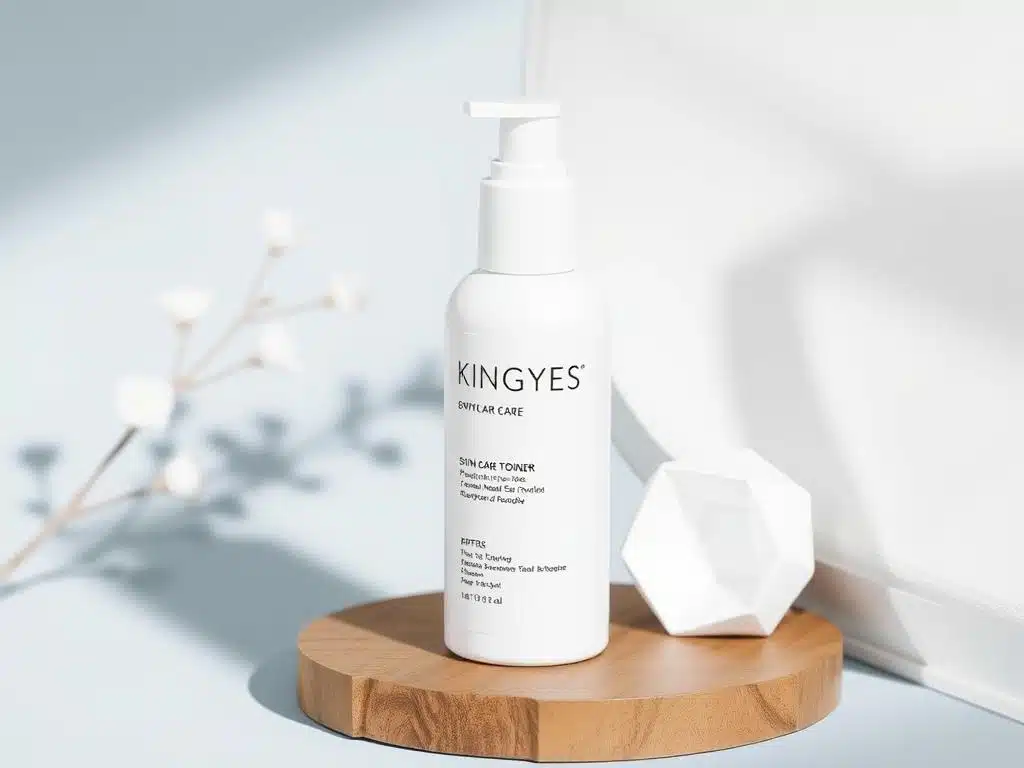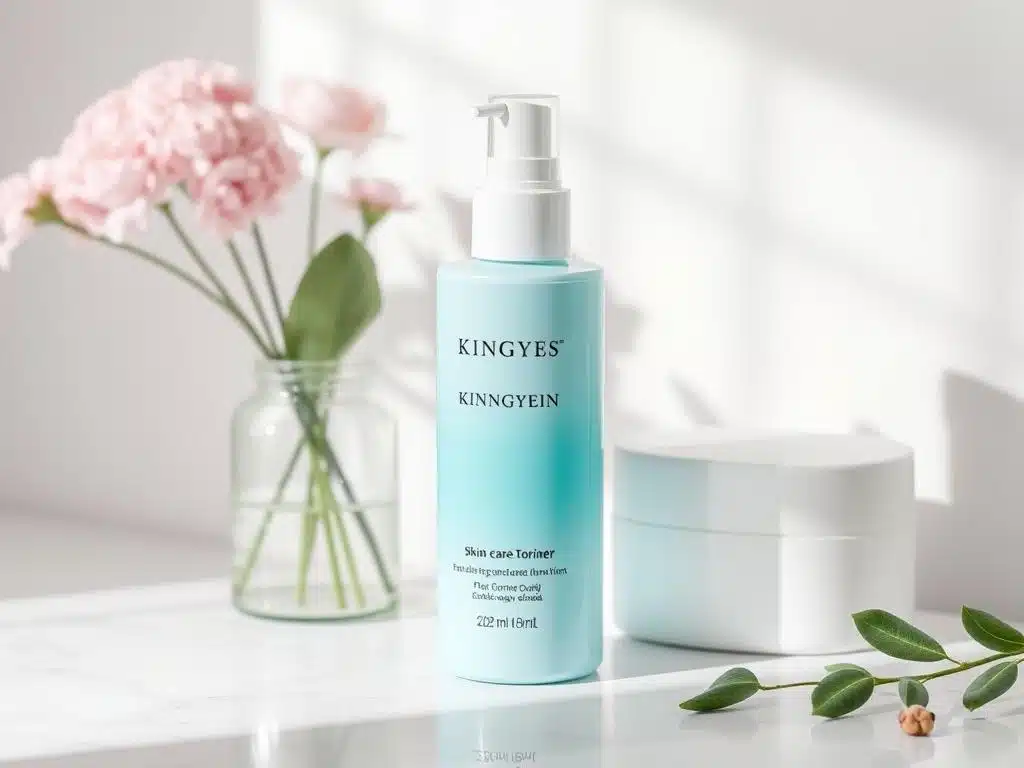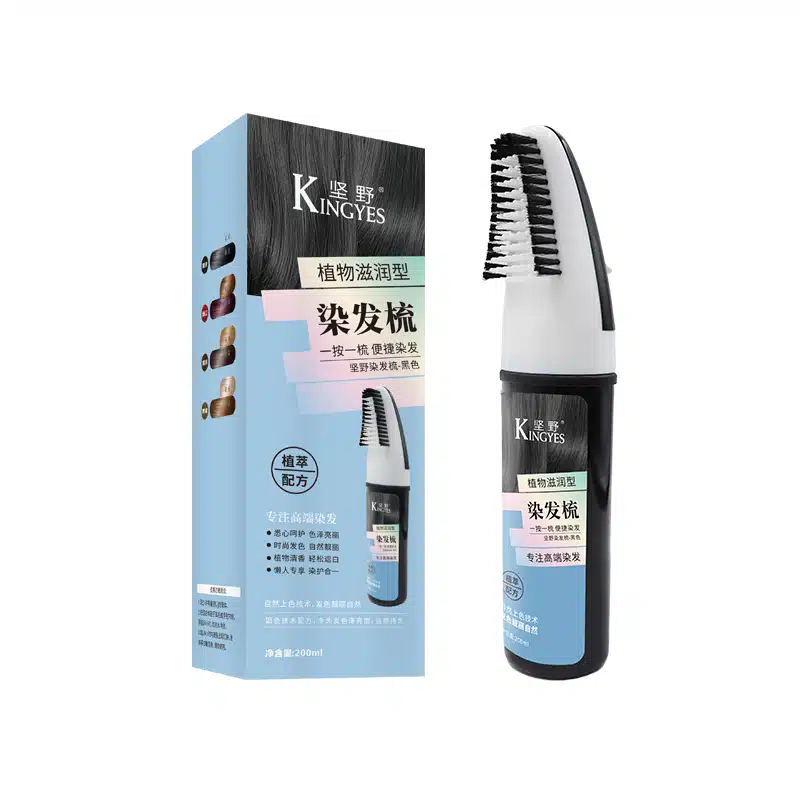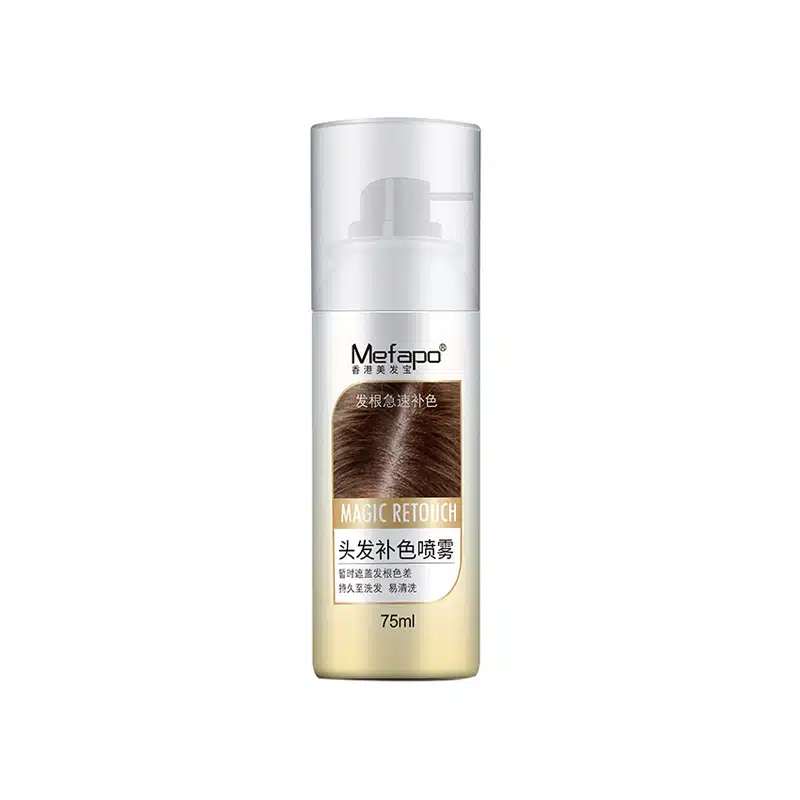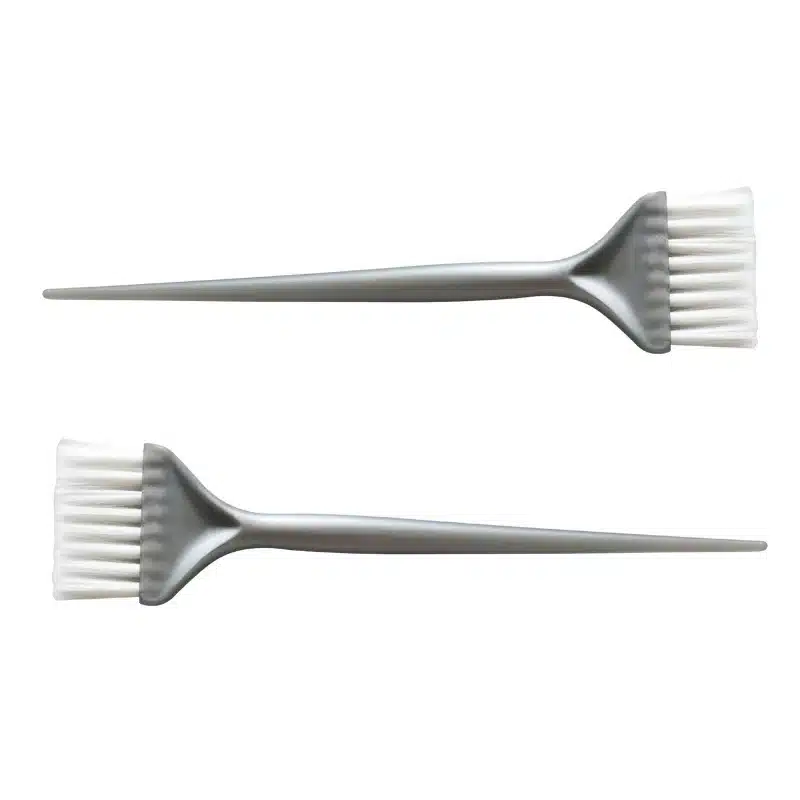
What Is A Skin Care Toner?
Table of Contents
Toning Up Your Knowledge: What Is A Skin Care Toner?
In the ever-expanding world of skincare, toners have emerged as a staple in many beauty routines. But what exactly is a skin care toner, and why has it become such a popular beauty product? This comprehensive guide will delve into the world of toners, exploring their purpose, ingredients, benefits, and how to choose the right one for your skin type. Whether you’re a skincare novice or a seasoned enthusiast, this article will provide you with a deeper understanding of this often-misunderstood cosmetic product. We’ll clear up common misconceptions and help you decide if a toner deserves a place in your care products regimen.
Defining Skin Care Toner: What Sets It Apart?
A skin care toner is a water-based liquid cosmetic product designed to be used after cleansing and before applying serums or moisturizers. Toners are formulated to help balance the skin’s pH levels, remove any remaining traces of dirt, oil, or makeup, and prepare the skin for better absorption of subsequent products. They can also provide additional benefits depending on their specific ingredients, such as hydration, exfoliation, or antioxidant protection.
Toners are often confused with other liquid skincare products, such as essences and serums. While there can be some overlap, here’s how they generally differ:
- Toners: Primarily focused on balancing pH, removing residue, and prepping the skin. They typically have a watery consistency and may contain astringent ingredients to help control oil or hydrating ingredients to add moisture.
- Essences: Generally more lightweight than serums but more viscous than toners. Essences are focused on hydrating and nourishing the skin and often contain fermented ingredients or botanical extracts. They are meant to be applied after toner and before serum.
- Serums: These are concentrated treatments that target specific skin concerns, such as wrinkles, hyperpigmentation, or acne. Serums typically have a thicker, more gel-like consistency than toners and are applied after toner and essence but before moisturizer.
Toners can be a valuable addition to a skincare routine, providing a range of benefits depending on their formulation. They are not a one-size-fits-all product, and choosing the right toner for your skin type and concerns is essential for achieving optimal results.
The Evolution of Toners: From Astringents to Hydrating Formulas
The concept of a toner has evolved significantly over time. In the past, toners were often associated with harsh, alcohol-based astringents that were primarily used to remove excess oil and tighten pores. These older formulations often contained high concentrations of alcohol, which could strip the skin of its natural oils, leading to dryness, irritation, and even disrupting the skin’s protective barrier.
However, modern toners have come a long way from these early astringent formulas. Today, there is a wide variety of toners available, formulated with a range of ingredients to address different skin types and concerns. While some toners still contain astringent ingredients like witch hazel, many are now alcohol-free and focus on providing hydration, exfoliation, or other targeted benefits.
Here’s a brief overview of the evolution of toners:
- Early Astringents (mid-20th century): These were primarily alcohol-based and marketed for oily and acne-prone skin. They were designed to remove excess oil, tighten pores, and provide an antiseptic effect.
- Rise of Toners (late 20th century): As skincare science advanced, gentler, less astringent toners began to emerge. These formulations often contained lower concentrations of alcohol or replaced it altogether with other ingredients like witch hazel or rosewater.
- Modern Toners (21st century): Today’s toners are diverse and sophisticated, with formulations tailored to various skin types and concerns. They may contain hydrating ingredients like hyaluronic acid, glycerin, and aloe vera; exfoliating acids like AHAs and BHAs; antioxidants like Vitamin C and green tea extract; and soothing ingredients like chamomile and calendula.
The evolution of toners reflects a broader shift in the beauty industry towards more gentle, hydrating, and multi-functional skincare products. Modern toners are designed to be an integral part of a comprehensive skincare routine, working synergistically with other products to achieve optimal skin health.
Key Ingredients in Toners and Their Functions
Toners can contain a wide variety of ingredients, each with its own specific function. Here are some common categories of ingredients found in toners:
- Astringents: These ingredients help to tighten pores and control excess oil. Common astringents include:
- Witch Hazel: A natural astringent derived from the witch hazel plant. It has anti-inflammatory and antioxidant properties.
- Alcohol (in some formulations): While less common in modern toners, some still contain alcohol for its oil-removing and antiseptic properties. However, it can be drying and irritating for some skin types.
- Hydrators: These ingredients help to attract and retain moisture in the skin. Common hydrators include:
- Hyaluronic Acid: A powerful humectant that can hold up to 1000 times its weight in water.
- Glycerin: Another effective humectant that draws moisture to the skin.
- Aloe Vera: Known for its soothing and moisturizing properties.
- Exfoliants: These ingredients help to remove dead skin cells, revealing brighter, smoother skin. Common exfoliants include:
- Alpha Hydroxy Acids (AHAs): Such as glycolic acid and lactic acid, which exfoliate the skin’s surface.
- Beta Hydroxy Acids (BHAs): Such as salicylic acid, which can penetrate pores to exfoliate and help clear acne.
- Antioxidants: These ingredients help to protect the skin from free radical damage caused by environmental stressors like pollution and UV radiation. Common antioxidants include:
- Vitamin C: A potent antioxidant that can also brighten the skin and boost collagen production.
- Vitamin E: Often used in combination with Vitamin C for enhanced antioxidant protection.
- Green Tea Extract: Contains polyphenols, which have antioxidant and anti-inflammatory properties.
- Soothing Agents: These ingredients help to calm and soothe irritated skin. Common soothing agents include:
- Chamomile: Known for its anti-inflammatory and calming properties.
- Calendula: Another soothing ingredient with anti-inflammatory benefits.
- Allantoin: Helps to soothe and protect the skin.
- pH Balancers: These ingredients help to restore the skin’s natural pH balance after cleansing. Common pH balancers include:
- Citric Acid: An AHA that can also adjust the pH of a formulation.
- Lactic Acid: Another AHA with pH-balancing properties.
The specific combination of ingredients in a toner will determine its primary function and suitability for different skin types. It’s essential to read the ingredient list carefully and choose a toner that aligns with your skin’s needs and your overall skincare goals.
Benefits of Using a Toner: Why Should You Consider It?
While not considered an essential step by all skincare experts, incorporating a toner into your skincare routine can offer several potential benefits:
- Restores pH Balance: Cleansing can sometimes disrupt the skin’s natural pH balance, which is slightly acidic. A toner can help to restore the skin’s pH to its optimal level, which is important for maintaining a healthy skin barrier.
- Removes Residual Impurities: Even after cleansing, there can be traces of dirt, oil, makeup, or cleanser residue left on the skin. A toner can help to remove these lingering impurities, leaving the skin feeling cleaner and fresher.
- Prepares Skin for Other Products: By removing residue and balancing the skin’s pH, a toner can help to prepare the skin for better absorption of subsequent products, such as serums and moisturizers. This can enhance the effectiveness of your overall skincare routine.
- Provides Additional Skincare Benefits: Depending on the formulation, toners can offer a range of additional benefits, such as:
- Hydration: Toners with hydrating ingredients like hyaluronic acid and glycerin can help to boost the skin’s moisture levels.
- Exfoliation: Toners with AHAs or BHAs can provide gentle exfoliation, helping to improve skin texture and radiance.
- Oil Control: Toners with astringent ingredients like witch hazel can help to control excess oil and minimize the appearance of pores.
- Antioxidant Protection: Toners with antioxidants like Vitamin C or green tea extract can help to protect the skin from free radical damage.
- Soothing and Calming: Toners with soothing ingredients like chamomile or calendula can help to calm and soothe irritated skin.
- Refreshes and Revitalizes: Using a toner can provide a refreshing and revitalizing sensation, making it a pleasant addition to your skincare routine, particularly in the morning or after a workout.
It’s important to note that the benefits of using a toner will vary depending on the specific product and your individual skin type and concerns. Not everyone needs to use a toner, but for many people, it can be a valuable addition to their skincare regimen.
Choosing the Right Toner for Your Skin Type
With the wide variety of toners available on the market, choosing the right one for your skin type is crucial for achieving the best results and avoiding potential irritation. Here’s a guide to selecting a toner based on your skin type:
- Oily/Acne-Prone Skin: If you have oily skin or are prone to breakouts, look for a toner that contains:
- Astringent ingredients: Witch hazel, tea tree oil, or low concentrations of alcohol (if your skin can tolerate it) can help to control excess oil and minimize the appearance of pores.
- Exfoliating acids: BHAs like salicylic acid are particularly beneficial for oily, acne-prone skin as they can penetrate pores to help clear out excess oil and dead skin cells.
- Oil-free and non-comedogenic formulas: Ensure the toner is labeled as oil-free and non-comedogenic, meaning it won’t clog pores.
- Dry/Dehydrated Skin: If you have dry or dehydrated skin, opt for a hydrating toner that contains:
- Humectants: Hyaluronic acid, glycerin, and aloe vera are excellent hydrators that attract and retain moisture in the skin.
- Emollients: Ingredients like ceramides or fatty acids can help to repair the skin’s moisture barrier.
- Alcohol-free formulas: Avoid toners with high concentrations of alcohol, as they can be drying.
- Sensitive Skin: If you have sensitive skin, choose a gentle, soothing toner that is:
- Fragrance-free: Fragrances are a common cause of irritation for sensitive skin.
- Alcohol-free: Alcohol can be irritating and drying for sensitive skin.
- Formulated with calming ingredients: Look for ingredients like chamomile, calendula, allantoin, or aloe vera.
- Hypoallergenic and tested for sensitive skin: Opt for toners that are specifically formulated for and tested on sensitive skin.
- Combination Skin: If you have combination skin, you may need to use different toners on different areas of your face or choose a toner that is designed to balance both oily and dry areas. Look for toners that contain:
- A balance of hydrating and oil-controlling ingredients: You might want a toner with witch hazel for the T-zone and hyaluronic acid for drier areas.
- Gentle exfoliating acids: AHAs or BHAs can help to address both oiliness and dryness, but use them cautiously if you have sensitive areas.
- Normal Skin: If you have normal skin with no major concerns, you have more flexibility in your choice of toner. You can choose a toner based on your specific preferences or desired benefits, such as added hydration, antioxidant protection, or gentle exfoliation.
- Mature Skin: If you have mature skin, look for toners that contain:
- Antioxidants: Vitamins C and E, green tea extract, and other antioxidants can help to protect against free radical damage and may help to reduce the appearance of fine lines and wrinkles.
- Hydrating ingredients: Hyaluronic acid and glycerin can help to plump and hydrate the skin, reducing the appearance of dryness and fine lines.
- Gentle exfoliating acids: AHAs can help to improve skin texture and radiance, but be sure to start with a low concentration if you’re new to using acids.
It’s also important to consider any specific skin concerns you may have, such as hyperpigmentation, redness, or rosacea, and choose a toner that is formulated to address those concerns.
How to Use a Toner Effectively in Your Skincare Routine
To get the most out of your toner, it’s important to use it correctly and consistently. Here’s a step-by-step guide on how to incorporate a toner into your skincare routine:
- Cleanse Your Skin: Start with a clean face. Use your regular cleanser to remove makeup, dirt, oil, and other impurities from your skin. Gently massage the cleanser onto your skin, then rinse thoroughly with lukewarm water and pat dry with a clean towel.
- Apply the Toner: After cleansing, apply the toner to your skin. There are a few different ways to apply toner:
- Using a Cotton Pad: Saturate a cotton pad with the toner and gently swipe it across your face and neck, avoiding the eye area. This method can help to ensure even application and remove any remaining traces of cleanser or impurities.
- Using Your Hands: Pour a small amount of toner into the palm of your hand and gently pat it onto your face and neck. This method can be more gentle on the skin and is often preferred for hydrating toners.
- Spraying: Some toners come in a spray bottle, allowing you to mist the product directly onto your face. Hold the bottle about 6-8 inches away from your face and spritz evenly.
- Wait for it to Absorb: Allow the toner to fully absorb into your skin before moving on to the next step. This usually takes about 30-60 seconds. There’s no need to rinse off the toner.
- Follow with Serums and Moisturizer: Once the toner has absorbed, apply your serums, treatments, and moisturizer as usual. The toner will have prepped your skin for these products, allowing them to penetrate more effectively.
- Use Morning and Night: You can use a toner both in your morning and evening skincare routines. However, if you’re using a toner with exfoliating acids (AHAs or BHAs), it’s generally recommended to use it only once a day, either in the morning or at night, to avoid over-exfoliation.
- Adjust as Needed: Pay attention to how your skin responds to the toner. If you experience any dryness, irritation, or redness, you may need to reduce the frequency of use or switch to a gentler formula.
Remember to always patch test a new toner on a small, inconspicuous area of your skin before applying it to your entire face, especially if you have sensitive skin. This will help you identify any potential adverse reactions before they occur on a larger scale.
Debunking Common Myths About Toners
There are several common myths and misconceptions about toners that persist in the beauty world. Let’s debunk some of the most prevalent ones:
| Myth | Reality |
|---|---|
| Toners are only for oily skin. | While some toners are formulated for oily or acne-prone skin, there are many toners designed for other skin types, including dry, sensitive, and mature skin. The key is to choose a toner that is appropriate for your specific skin type and concerns. |
| Toners are unnecessary. | While toners may not be an essential step for everyone, they can offer a range of benefits, including balancing pH, removing residual impurities, hydrating, exfoliating, and providing antioxidant protection. |
| All toners are drying and irritating. | Modern toners are often formulated to be gentle and hydrating. Many are alcohol-free and contain soothing ingredients. However, it’s still important to choose a toner that is suitable for your skin type and to patch test before using. |
| Toners shrink pores. | Pores do not open and close like windows. While astringent toners may temporarily make pores appear smaller by removing excess oil and tightening the skin, they cannot permanently change the size of your pores. |
| Toners should sting to be effective. | A slight tingling sensation may be normal with some exfoliating toners, but a strong stinging or burning sensation is a sign of irritation and indicates that the product may be too harsh for your skin. |
| Toners can replace cleansers. | Toners are not meant to replace cleansers. They are designed to be used after cleansing to remove any remaining traces of dirt, oil, or makeup and to prepare the skin for subsequent products. |
| Toners are the same as micellar waters. | While both toners and micellar waters are liquid skincare products, they serve different purposes. Micellar water is primarily a cleansing agent that uses micelles to trap and remove dirt and makeup, while toners are meant to be used after cleansing. |
It’s important to approach skincare with a critical mindset and to rely on scientific evidence rather than marketing hype or anecdotal claims. When choosing a toner, focus on the ingredients, your skin type, and your specific skincare goals.
Potential Side Effects and Precautions
While toners are generally safe for most people, they can cause side effects in some individuals, particularly if the product is not well-suited for their skin type or if it’s used incorrectly. Some potential side effects of toners include:
- Dryness: Toners that contain high concentrations of alcohol or astringent ingredients can strip the skin of its natural oils, leading to dryness, flakiness, and tightness.
- Irritation: Certain ingredients in toners, such as fragrances, essential oils, or exfoliating acids, can irritate sensitive skin, causing redness, itching, burning, or stinging.
- Allergic Reactions: Some people may be allergic to specific ingredients in toners, such as botanical extracts, preservatives, or fragrances. Allergic reactions can range from mild redness and itching to more severe symptoms like swelling and hives.
- Over-Exfoliation: Using toners with exfoliating acids (AHAs or BHAs) too frequently or in combination with other exfoliating products can lead to over-exfoliation, which can damage the skin’s protective barrier and cause irritation, redness, and increased sensitivity.
- Photosensitivity: Some ingredients in toners, such as AHAs, can increase the skin’s sensitivity to sunlight, making it more prone to sunburn and sun damage.
To minimize the risk of side effects, it’s important to:
- Choose the right toner for your skin type: Select a toner that is formulated for your specific skin type and concerns.
- Patch test new products: Before using a new toner on your entire face, apply a small amount to a discreet area of your skin (such as behind your ear or on your inner forearm) and wait 24-48 hours to see if any adverse reaction occurs.
- Introduce new products gradually: When incorporating a new toner into your skincare routine, start by using it once or twice a week and gradually increase the frequency as your skin adjusts.
- Follow the instructions: Use the toner as directed on the product label and avoid using it more frequently than recommended.
- Avoid using multiple exfoliating products together: If you’re using a toner with exfoliating acids, be cautious about using other exfoliating products (such as scrubs or chemical peels) in the same routine, as this can increase the risk of over-exfoliation.
- Wear sunscreen: If you’re using a toner with AHAs or other ingredients that can increase sun sensitivity, it’s crucial to wear a broad-spectrum sunscreen with an SPF of 30 or higher every day to protect your skin from sun damage.
- Listen to your skin: Pay attention to how your skin responds to the toner. If you experience any persistent dryness, irritation, or other adverse reactions, discontinue use and consult a dermatologist if necessary.
By taking these precautions, you can minimize the risk of side effects and safely incorporate a toner into your skincare routine.
The Future of Toners: Innovations and Trends
The skincare industry is constantly evolving, and toners are no exception. We can expect to see several innovations and trends in the toner category in the coming years:
- Multi-Functional Toners: Toners that offer multiple benefits beyond just pH balancing and prepping the skin are becoming increasingly popular. We can expect to see more toners that combine hydration, exfoliation, antioxidant protection, and other targeted treatments in a single product.
- Microbiome-Friendly Formulas: As research on the skin microbiome grows, there’s increasing interest in developing products that support a healthy skin microbiome. We may see more toners formulated with prebiotics, probiotics, or postbiotics to help nourish and balance the skin’s microbial ecosystem.
- Personalized Toners: The trend towards personalized skincare is likely to extend to toners as well. We may see more brands offering customizable toners that are tailored to individual skin types, concerns, and goals, potentially based on skin analysis tools or quizzes.
- Sustainable and Clean Ingredients: Consumers are increasingly seeking out clean beauty products that are formulated with natural, organic, and sustainably sourced ingredients. We can expect to see more toners that meet these criteria, as well as more eco-friendly packaging options.
- Innovative Delivery Systems: While most toners are currently packaged in bottles or spray bottles, we may see new and innovative delivery systems emerge, such as toner pads, mists, or solid toner sticks, that offer greater convenience or targeted application.
- Hybrid Products: The lines between different skincare categories are becoming increasingly blurred, and we may see more hybrid products that combine the benefits of toners with other skincare steps. For example, there could be toner-serum hybrids or toner-moisturizer hybrids that offer a more streamlined skincare routine.
- Tech-Enabled Toners: We may see more toners that are designed to be used in conjunction with skincare devices or apps. For example, there could be toners that are formulated to enhance the effects of microcurrent or LED devices, or toners that are paired with an app that tracks your skin’s progress and provides personalized recommendations.
As the skincare industry continues to innovate, toners are likely to evolve beyond their traditional role as a simple pH-balancing step to become more sophisticated, multi-functional, and tailored to individual needs.
Making an Informed Decision: Is a Toner Right for You?
Whether or not a toner is a necessary addition to your skincare routine depends on your individual skin type, concerns, and goals, as well as the specific products you’re already using.
Here are some factors to consider when deciding if a toner is right for you:
- Your Skin Type: If you have oily or acne-prone skin, a toner with astringent and exfoliating properties may help to control excess oil, minimize the appearance of pores, and prevent breakouts. If you have dry or dehydrated skin, a hydrating toner can provide an extra boost of moisture and help to repair your skin’s moisture barrier. If you have sensitive skin, a gentle, soothing toner can help to calm irritation and reduce redness.
- Your Skincare Goals: Consider what you’re hoping to achieve with your skincare routine. If you’re looking to address specific concerns like hyperpigmentation, fine lines, or uneven texture, there may be toners formulated with ingredients that can help target those issues.
- Your Current Routine: Evaluate your current skincare routine and consider whether there are any gaps that a toner could fill. If you’re already using a cleanser, serum, and moisturizer that address your needs, a toner may not be necessary. However, if you feel like your skin needs an extra boost of hydration, exfoliation, or other targeted treatment, a toner could be a beneficial addition.
- The Specific Toner Formulation: Not all toners are created equal. It’s crucial to choose a toner that is formulated for your skin type and concerns and that contains ingredients that are known to be safe and effective. Pay attention to the ingredient list and avoid toners that contain high concentrations of alcohol or other potentially irritating ingredients if you have sensitive skin.
- Your Personal Preferences: Ultimately, whether or not to use a toner comes down to personal preference. Some people enjoy the refreshing sensation and the added benefits that a toner can provide, while others may find it to be an unnecessary step.
If you’re still unsure whether a toner is right for you, consider consulting with a dermatologist or esthetician. They can assess your skin type and concerns, recommend specific products or ingredients, and help you create a skincare routine that is tailored to your individual needs.
Key Things to Remember:
- A skin care toner is a water-based liquid cosmetic product designed to be used after cleansing and before applying serums or moisturizers.
- Toners can help to balance the skin’s pH levels, remove any remaining traces of dirt, oil, or makeup, and prepare the skin for better absorption of subsequent products.
- The concept of a toner has evolved from harsh, alcohol-based astringents to more diverse formulations that offer a range of benefits, including hydration, exfoliation, antioxidant protection, and soothing properties.
- Key ingredients in toners include astringents (witch hazel, alcohol), hydrators (hyaluronic acid, glycerin, aloe vera), exfoliants (AHAs, BHAs), antioxidants (Vitamin C, Vitamin E, green tea extract), soothing agents (chamomile, calendula, allantoin), and pH balancers (citric acid, lactic acid).
- Choosing the right toner for your skin type is crucial for achieving the best results and avoiding potential irritation. Consider your skin type (oily, dry, sensitive, combination, normal, mature) and any specific concerns when selecting a toner.
- To use a toner effectively, apply it to clean skin using a cotton pad, your hands, or a spray bottle, wait for it to absorb, and then follow with serums and moisturizer.
- Common myths about toners include that they are only for oily skin, that they are unnecessary, that they should sting to be effective, and that they can shrink pores.
- Potential side effects of toners can include dryness, irritation, allergic reactions, over-exfoliation, and photosensitivity. Precautions include choosing the right formula, patch testing, introducing new products gradually, and wearing sunscreen.
- The future of toners may involve multi-functional formulas, microbiome-friendly ingredients, personalized options, sustainable and clean ingredients, innovative delivery systems, hybrid products, and tech-enabled formulations.
- Whether or not to use a toner depends on your individual skin type, concerns, goals, current routine, the specific toner formulation, and personal preferences.
By understanding what toners are, how they work, and how to choose and use them correctly, you can make an informed decision about whether to incorporate one into your skincare routine. If you decide to use a toner, be sure to select a product that is well-suited for your skin type and concerns, and pay attention to how your skin responds over time. With the right toner and proper usage, you can enhance your skincare routine and achieve healthier, more radiant-looking skin.
Comments

Are There Chemicals In Hair Products?
The average morning routine for many Americans includes using a variety of hair care products, from shampoo and conditioner to styling aids.

How Do You Use Spray Moisturiser?
Ever tried a spray moisturizer and wondered if you’re using it correctly?

What Does Hair Removal Spray Do?
Ever wondered how quickly hair removal spray works and if it’s the right method for you?
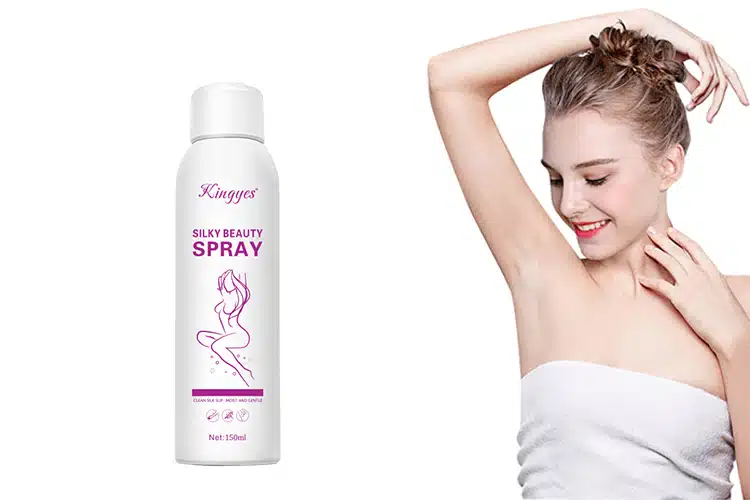
How Long Does It Take For Hair Removal Spray To Work?
Ever wondered how quickly hair removal spray works and if it’s the right method for you?

Can I Put Highlighter All Over My Face?
Ever wondered if you can apply highlighter all over your face to achieve that radiant glow?
- +86 151 1839 7303
- [email protected]
- Mon-Sun 07:00-23:00
Tags
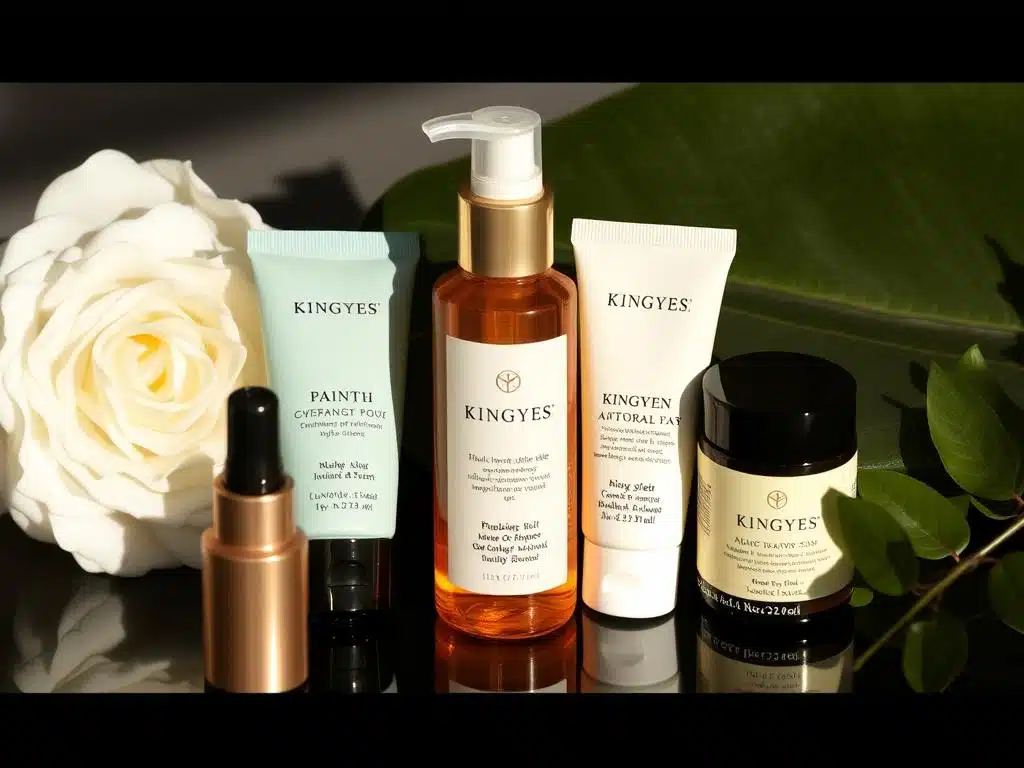
How To Sell Cosmetics On WeChat?
Are you ready to tap into the world’s largest beauty market?

How To Sell Cosmetics On Shopee?
Looking to sell cosmetics and tap into the booming e-commerce market of Southeast Asia?

How To Cooperate With Cosmetics Factories?
In the dynamic and competitive beauty industry, partnering with the right cosmetic manufacturer is paramount to the success of your cosmetics business.

